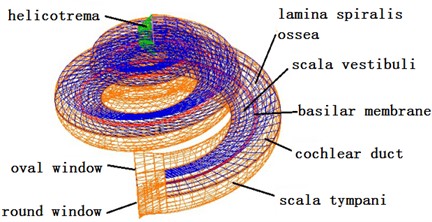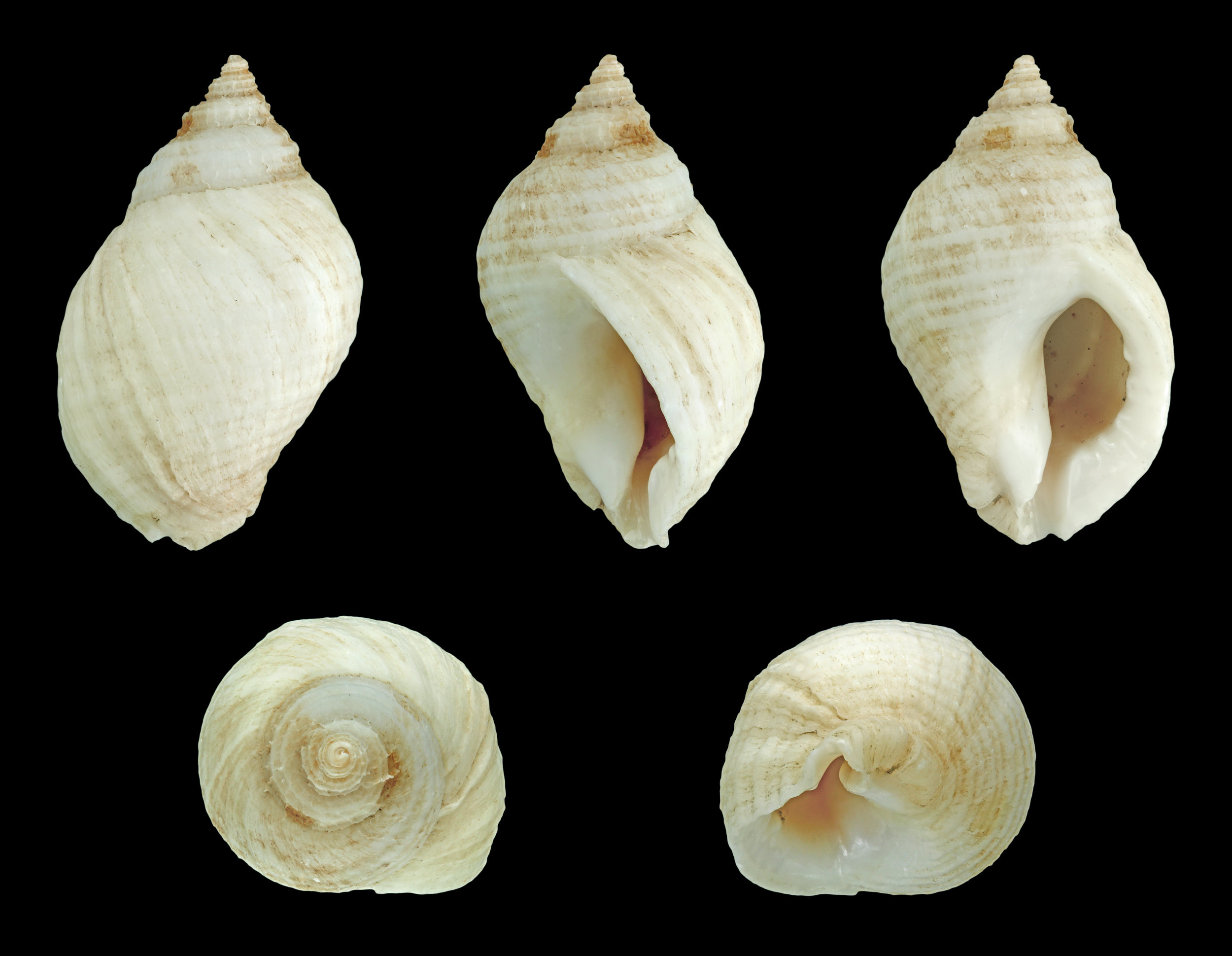Sketchbook of thoughts and images towards the design of a sono-haptic sculpture: a railing in the form of an ascending spiral that can enable visitors to ‘hear’ the sound of the Clyde tidal river’s ebb and flow through touch.
What shape could concentrate a multitude of whispers? Spirals have featured before in my work and to me they are one of the most beautiful naturally occurring structures. Spirals are seen at vast distance in the shape of galaxies, and as close to home as the inside of our bodies. In looking for an aesthetic form that expresses interconnectedness across space, time and difference and resonates with the study of harmonics, which is an instrumental component of tide predictions, I am drawn again to the spiral. A natural amplifier too, this form connects the lives of whelks found in the Clyde Estuary with the intimate physics of our inner ears and finds an echo in the grand structures of the universe.
On the cochlea, the spiral shaped organ of hearing pictured in the top row above:
For decades, hearing experts thought that the cochlea's spiral shape was simply an efficient packing job and its shape had no effect on how this critical hearing organ functions. But a recent study by researchers at Vanderbilt and the National Institutes of Health calls this conventional wisdom into question. They have created a mathematical model of the cochlea that finds the spiral shape acts to enhance the low frequency sounds that we use to communicate with one another. (Science Daily, 2006)
This footage shows a small cluster of empty whelk egg cases (also known as a sailor’s sponge) caught in an undulating bed of bladderwrack. Interestingly, some species of whelks, such as the dog whelk, lay collaboratively, making one combined egg case from the eggs of several female whelks. Dog whelks are found in many UK coastal locations including the Clyde estuary.
The common whelk is known in Scots as the Roaring Buckie due to the sound you hear when the shell is pressed to your ear.











